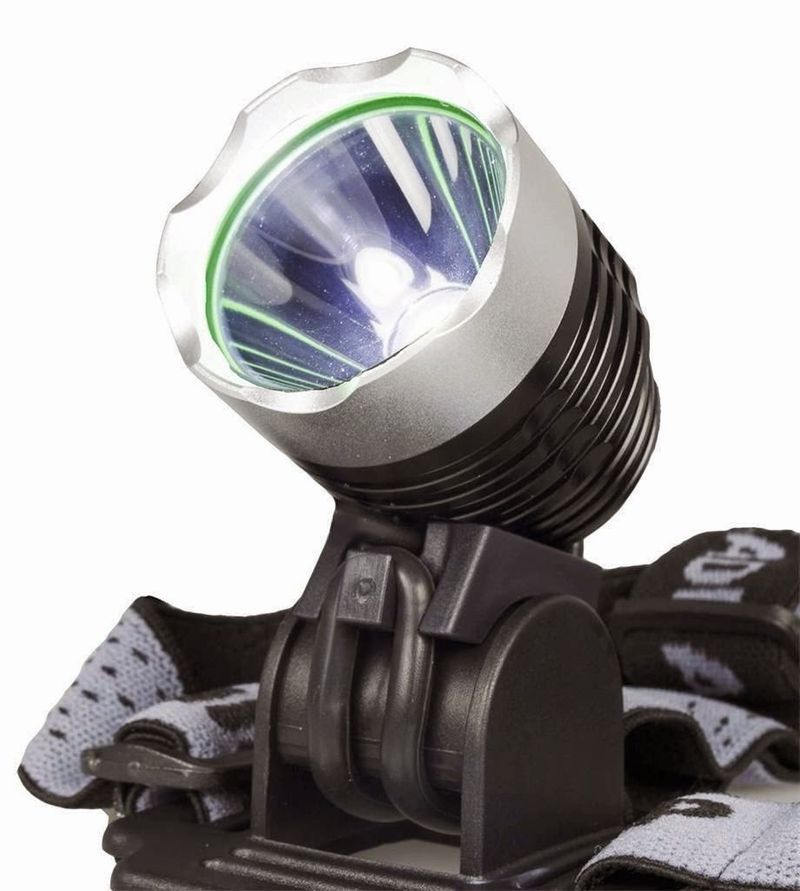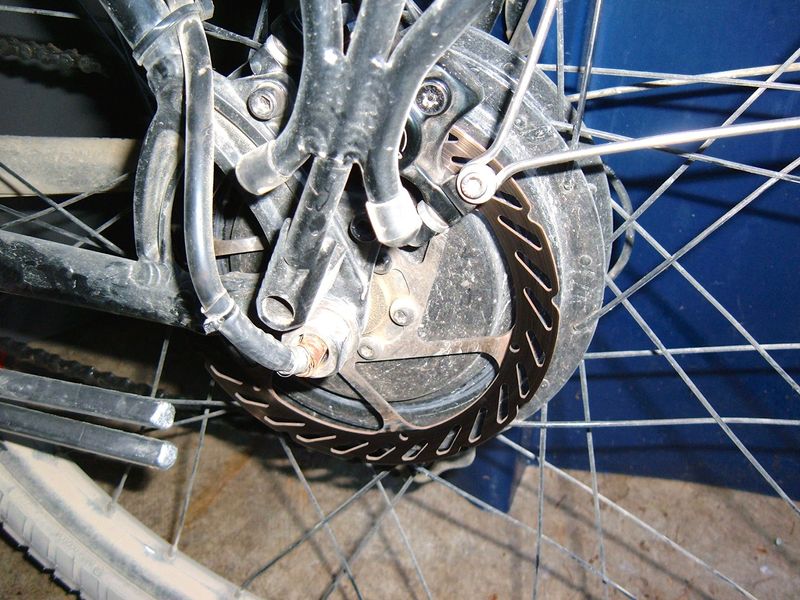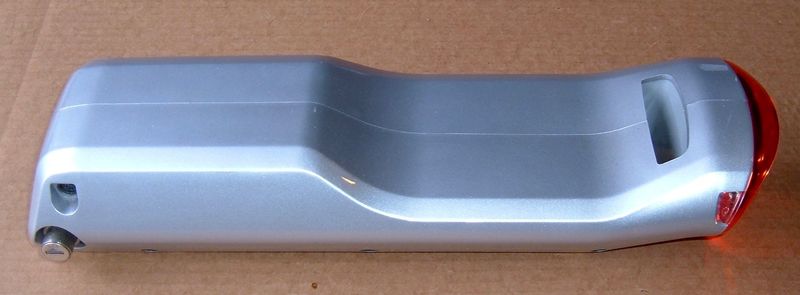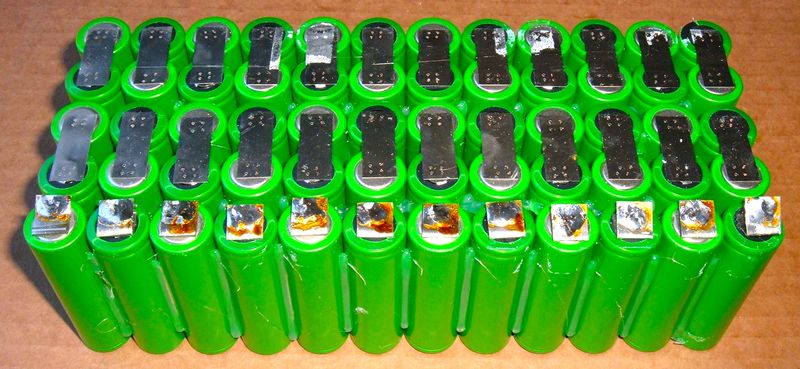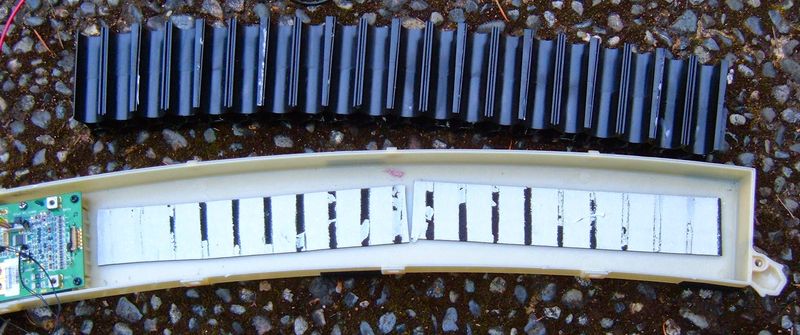Sunkko 788+ Battery Spot Welder
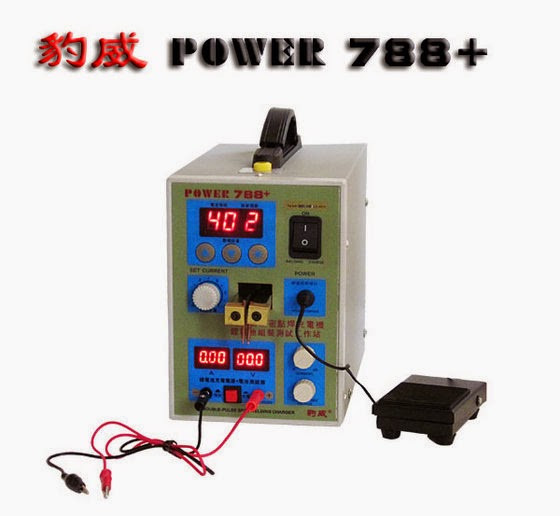
So you’ve got one of these, and know very little about it. That’s great! None of us who speak English know very much about them, except perhaps the manufacturer, and they’re not talking much about it. The manual is an utter joke (if anyone will even send it to you).
/2015/05/16/overview-of-sunkko-788-welder/ contains a slight overview of the welder, and some pictures.
It’s a microcontroller-based, transformer-powered welder, and it’s cheap. Very, very cheap for a spot welder.
If you have any way to power the 220v version of it, go with that version. The 110v version is unreliable and is likely to blow triacs.
Here are some of my notes from welding up a pack or two with it.
The electrode pressure, as shipped, seems to be a bit low. The knob on top adjusts this. Increase it if you’re getting arcing. I think I have another 5-6 turns on it from stock.
Clean the electrodes. If they’re sticking to your work or arcing, clean them. If it’s been a little while since you cleaned them, clean them. They seem to benefit from being cleaned regularly.
Start low with the current, and ramp it up until the welds are good. Too much current will burn welds and increase the risk of frying the welder. A scrap battery or two here is useful.
The right-most digit selects the number of pulses - 1 or 2. You want to be double pulse welding.
I have no idea what the “current set” knob does yet, but it seems to increase the weld power or duration. If you have the 110v version, I’d suggest leaving it at 0, and using the digital display to up the power for now.
The inrush current (especially on the 220v version) is brutal, and it has a tendency of popping breakers when turned on. If this is the case and you can swap breakers around, consider putting in a Type C circuit breaker instead of a Type B - they are designed for higher momentary peak (inrush) currents.
Once I finish my analysis of this thing, I’ll have more information…
Comments
Comments are handled on my Discourse forum - you'll need to create an account there to post comments.If you've found this post useful, insightful, or informative, why not support me on Ko-fi? And if you'd like to be notified of new posts (I post every two weeks), you can follow my blog via email! Of course, if you like RSS, I support that too.

